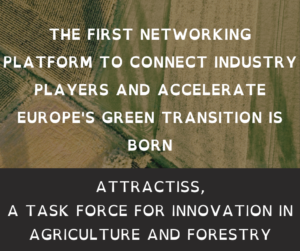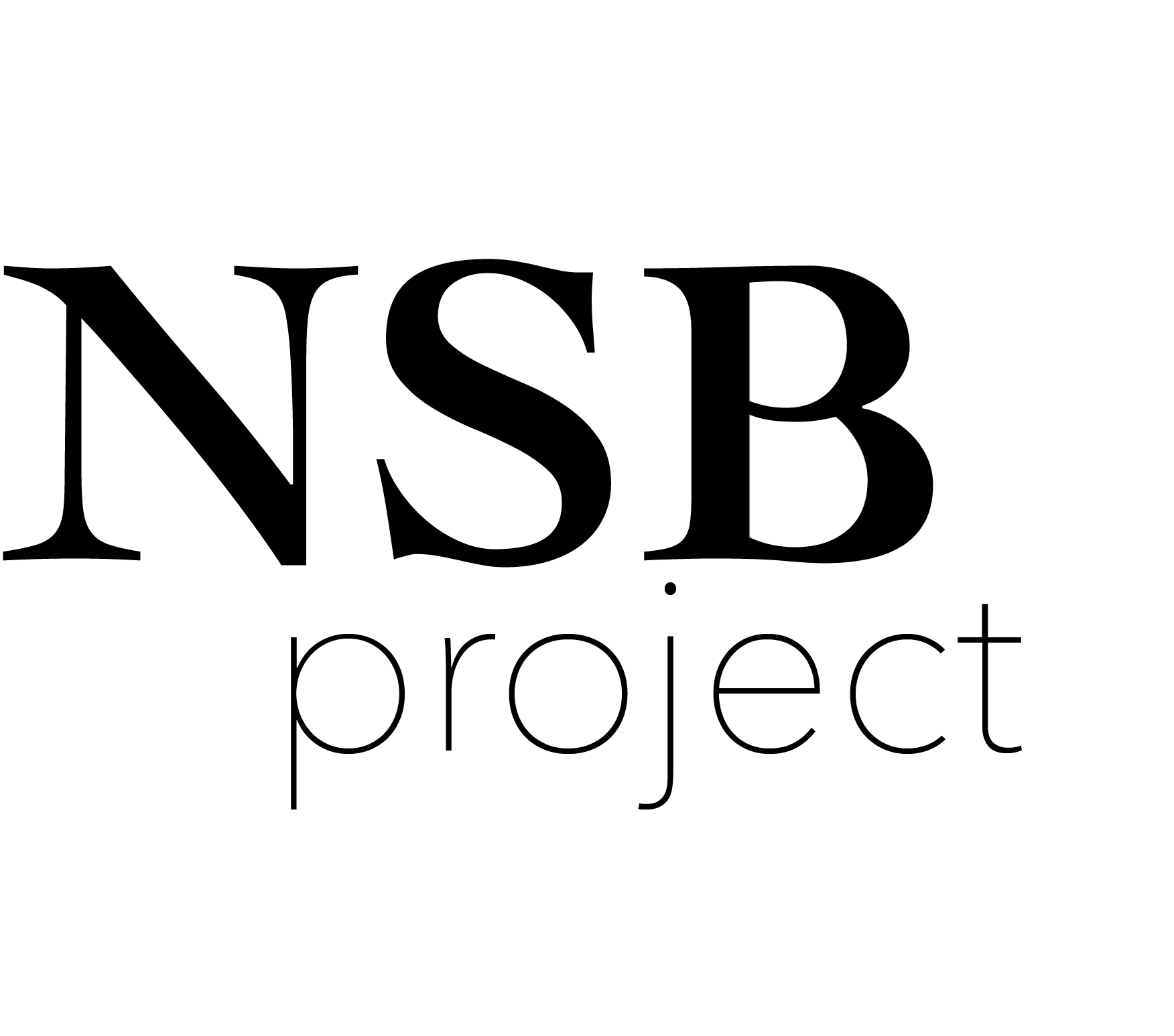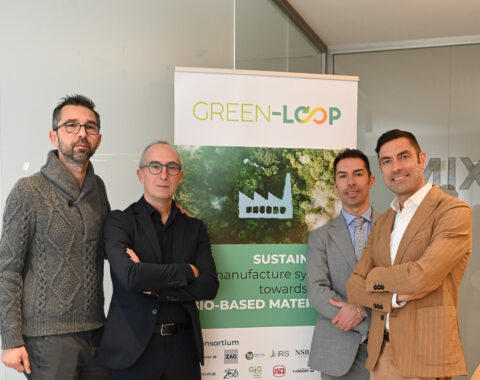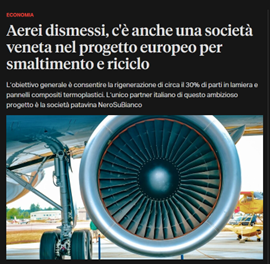 Article edited by Renewable matter on March the 19th
Article edited by Renewable matter on March the 19th
New technologies and machinery alone are not enough to compete in the market. In the European agricultural and forestry landscape, sustainable green transformation requires deep innovation in processes, culture and skills. We need to involve the supply chain in a capillary manner, encourage exchange and create channels capable of irrigating all players with innovation. The sector, in fact, remains among the least exposed to the dynamics of innovation, perhaps the most impermeable, despite the fact that it represents a crucial industry for Europe.
The Attractiss project
In response to this challenge, the European Commission approved the Attractiss project in 2022 with the ambitious goal of improving and integrating methodologies, skills and tools for innovation within the agricultural and forestry sector. Less than a year and a half after its launch, the project offers a first response. Since 1 March, in fact, the DIGITAL PLATFORM that connects the ecosystem of innovation in the sector has been active and intends to become over time a point of reference for those in search of innovation, skills, training experiences and opportunities for comparison with relevant players.
Funded within the framework of Horizon Europe and with a total duration of 72 months, this project aims at fostering strategic cooperation between all innovation actors in the agricultural and forestry sector, so that innovative ideas and solutions can be shared and discovered in order to stimulate their large-scale adoption.
NSBProject, as project partner and provider of Innovation Support Services (ISS), is the contact point for the creation of a dynamic network of innovation actors in the 27 Member States to be involved in a transition process towards a more sustainable agriculture.
Innovation and agriculture at alternating speeds
The Agriculture 4.0 market is growing at an accelerated pace. According to data collected by the Agri Food Observatory of the Politecnico di Milano, it could reach a value of around 30 billion by 2027. International start-ups are playing a key role in this process, with 28% of the companies active in digital innovation for agrifood targeting agricultural and livestock companies, offering 4.0 farming or animal husbandry solutions.
Despite this, the European agricultural and forestry sector is still lagging behind in the adoption of digital solutions. In 2022, only 8 per cent of the cultivated area in Europe was managed with 4.0 solutions, showing a large growth margin for the market. However, the evolution is ongoing, with green companies rising from 49.8% in 2021 to 52.7% in 2022, demonstrating an increasing focus on sustainability and innovation.
Attractiss aims to fill this gap by creating a pan-European network of professionals and organisations serving the sector. The model is that of multistakeholder engagement and aims to accelerate the adoption of innovative ideas from ‘below’ and generate solutions for a more sustainable transition in European agriculture and forestry.
A platform for sharing ideas from the grassroots
Attractiss will create a European network for competitiveness and innovation in the sector, working to engage and educate key players in agricultural and forestry innovation, promoting collaboration and knowledge exchange.
The very recent launch of the EU platform AKISconnect is the first and crucial step towards realising this objective. This platform will provide a virtual space for networking, exchange of knowledge and ideas between innovation actors in the sector. It is a tool for creating partnerships and accelerating the adoption of innovative solutions, thus contributing to the sustainable transformation of the European agroforestry sector. Attractiss thus presents itself as a crucial resource for the European agricultural and forestry sector, for which the AKISconnect platform is a key tool for innovation and competitiveness towards a more sustainable economy.
Here is the link to the Italian version of the Article published on Renewable matter



